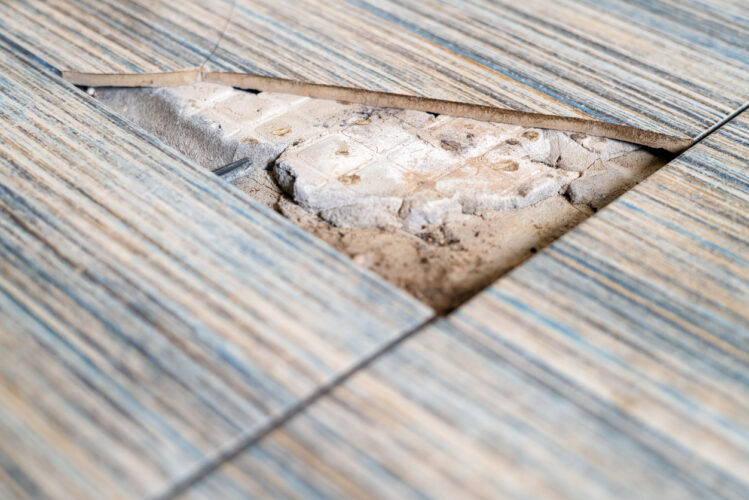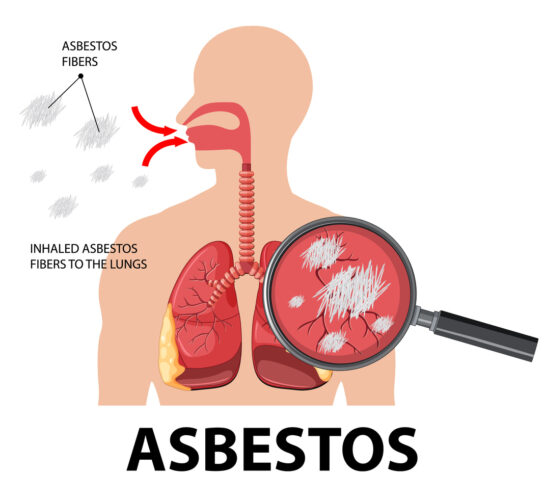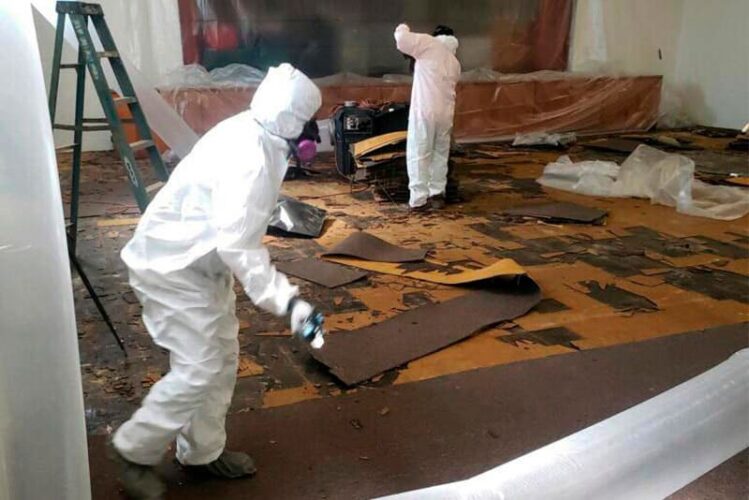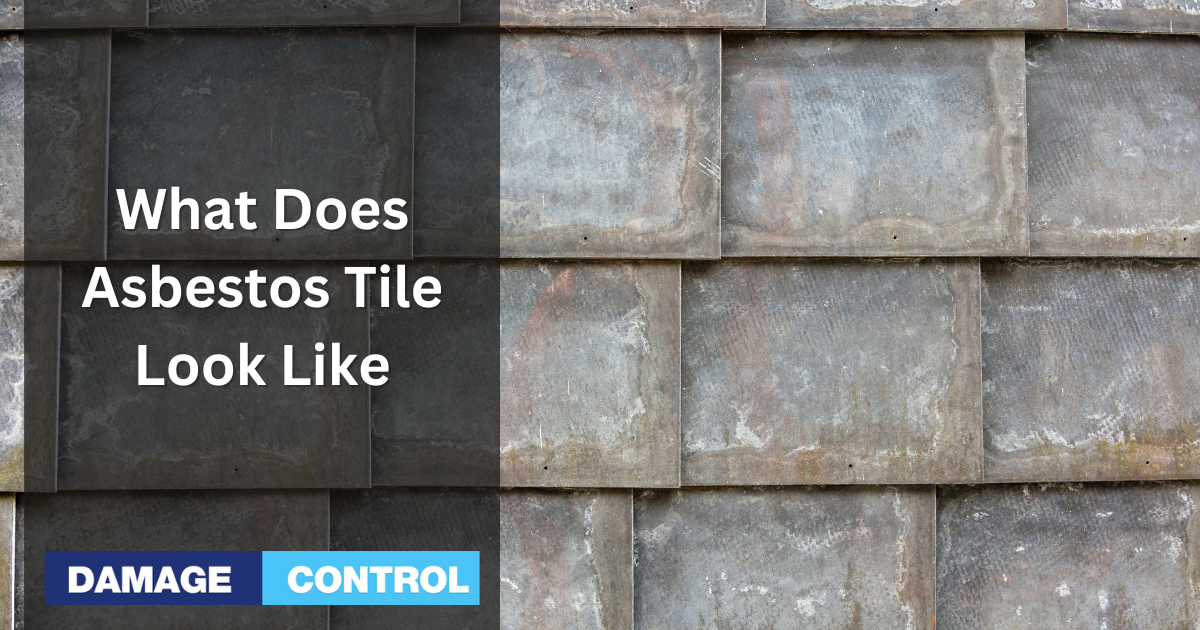Asbestos is a mineral that was commonly used in building materials, including floor tiles, until the 1980s. It was widely used because of its durability, insulation, and fire-resistant properties. However, it was later discovered that asbestos can cause serious health problems, including lung cancer and mesothelioma. Asbestos is now banned in many countries, but many older buildings still contain asbestos-containing materials, including floor tiles.
If you have an older home or building, you may wonder if your floor tiles contain asbestos. Asbestos floor tiles were commonly used between the 1950s and 1980s, so if your home was built during that time, there is a chance that your floor tiles contain asbestos. However, it is important to note that not all floor tiles from that era contain asbestos. It is important to know what asbestos floor tiles look like so that you can take appropriate steps to protect yourself and others from exposure.
This article will discuss what asbestos floor tiles look like and how to identify them. We will also cover the health risks of asbestos exposure and what to do if you suspect your floor tiles contain asbestos. By the end of this article, you will have a better understanding of what to look for when it comes to identifying asbestos floor tiles.
Identifying Asbestos Tile

Asbestos tiles were commonly used in construction until the 1980s. Due to the health risks associated with asbestos exposure, it is important to identify asbestos tile. In this section, we will discuss the visual characteristics of asbestos tile, the age of the building, and professional sampling and laboratory testing.
Visual Characteristics
Asbestos tile can be difficult to identify because it resembles non-asbestos tile. However, some visual characteristics can help you identify asbestos tile. Asbestos-containing tiles are usually thicker than non-asbestos tiles and may look stone-like. They may also have a pattern that resembles marble or other natural stone. Asbestos tiles are also more rigid and less flexible than non-asbestos tiles.
Age of the Building
If your building was built before the 1980s, there is a chance that it contains asbestos tile. Asbestos-containing tiles were commonly used in homes and commercial buildings until the 1980s. If you are unsure whether your building contains asbestos tile, you should have it tested.
Laboratory Testing
The only way to know whether your building contains asbestos tile is to have it tested in a laboratory. You can collect a tile sample and send it to a laboratory for analysis. However, it is important to follow proper safety procedures when collecting the sample to avoid exposure to asbestos fibers. Alternatively, you can hire a professional asbestos testing company to collect the sample.
Health Risks of Asbestos Tile

Asbestos is a naturally occurring mineral commonly used in building materials until the late 1970s. Asbestos tile, in particular, was widely used in flooring due to its durability and heat-resistant properties. However, asbestos tile poses serious health risks, especially when damaged or disturbed.
Inhalation Risks
Asbestos fibers are microscopic and can easily become airborne when asbestos tile is disturbed. When inhaled, these fibers can become lodged in the lungs and cause serious health problems. Inhalation of asbestos fibers can lead to lung cancer, mesothelioma, and asbestosis.
Cancer Risk
Asbestos exposure is the leading cause of mesothelioma, a rare and aggressive cancer affecting the lungs, heart, and abdomen lining. Asbestos exposure is also linked to lung, laryngeal, and ovarian cancers. Even a small amount of asbestos exposure can increase the risk of developing these cancers.
Other Health Effects
In addition to cancer, asbestos exposure can also cause other health problems. Asbestosis is a chronic lung disease that results from prolonged exposure to asbestos fibers. Symptoms of asbestosis include shortness of breath, coughing, and chest pain.
Asbestos exposure can also cause pleural plaques to thicken areas of the lining of the lungs. While pleural plaques are not cancerous, they can be a sign of asbestos exposure and may indicate an increased risk of developing other asbestos-related diseases.
It is important to note that asbestos tile does not pose a health risk if left undisturbed and in good condition. However, if an asbestos tile is damaged or needs to be removed, it should only be handled by a professional asbestos abatement contractor.
Attempting to remove asbestos tile on your own can release dangerous fibers into the air and put you and others at risk of asbestos-related diseases.
Removing Asbestos Tile

Professional Removal
The safest and most effective way to remove asbestos tile is to hire a licensed asbestos abatement contractor. These professionals have the training and equipment to remove asbestos-containing materials and dispose of them properly and safely. They will also follow strict safety protocols to protect themselves and others from exposure to asbestos fibers.
Professional asbestos tile removal typically costs between $6 and $10 per square foot, depending on the location and condition of the tiles. While this may seem expensive, ensuring the job is done safely and effectively is worth the investment.
DIY Removal
Just don't! It's that simple. DIY removal of asbestos tile floors is strongly discouraged due to the serious health risks and legal regulations.
From a legal standpoint, asbestos removal, transport, and disposal are subject to local, state, and federal regulations. These laws are designed to protect public health and the environment.
For instance, the U.S. Environmental Protection Agency (EPA) and the Occupational Safety and Health Administration (OSHA) have specific guidelines and standards for asbestos handling. Non-compliance with these regulations can result in substantial fines and legal consequences.
Most jurisdictions require that asbestos removal be conducted by licensed professionals trained in safe removal practices, proper containment, and disposal. These professionals use specialized equipment to ensure fibers are not released into the air and that the asbestos is disposed of safely and legally.
Furthermore, the transport and disposal of asbestos materials are regulated, requiring specific packaging, labeling, and disposal at approved facilities. DIY removal often leads to improper handling, increasing the risk of contamination and legal penalties.
Conclusion
Alright, folks! That's the skinny on what asbestos tile looks like. You're on your way to becoming an asbestos detective! Now, don't stop here. Keep that momentum going!
Ever wonder, “What Is Asbestos?” Dive into our comprehensive overview to feed that curiosity.
And hey, wanna spot this sneaky mineral in the wild? Take a gander at “What Does Asbestos Look Like? Identifying The Hazardous Mineral.” You'll be a pro in no time!
Do you have a tile that's raising eyebrows? Get the lowdown on “Taking Charge: Your Guide To Asbestos Testing”. Knowledge is power, folks!
Maybe you've heard about non-friable asbestos? Let's clear the air with “Understanding Non-Friable Asbestos: An Informal Guide.” We're here to make the tough stuff easy peasy!
So, folks, stay curious, informed, and, most importantly, safe. Keep exploring; the asbestos world is vast, and we've got your back every step of the way!

